An elevated heliport or helideck is defined as one which is above the ? [ Diploma registration ]
Question 99-1 : 3 m 10 m 3 ft 13 m
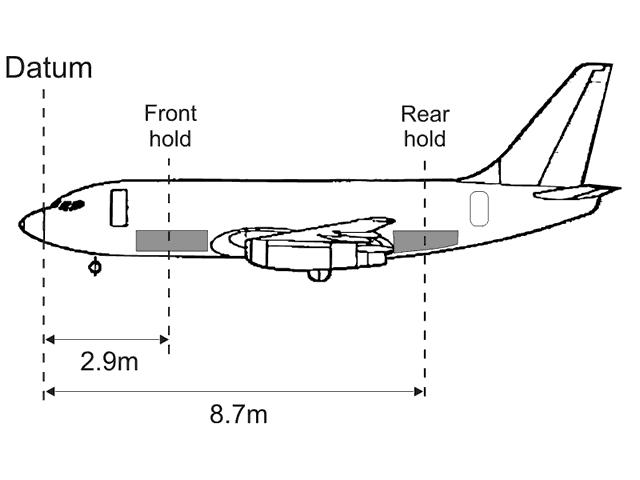 3 m.
3 m. An increase in ambient temperature ?
Question 99-2 : Generally reduces performance in performance class 1 and especially the take off weight increases performance in performance class 1 and especially the take off weight does not influence performance in performance class 1 and especially the take off weight increases or does not influence take off weight depending on the aircraft type
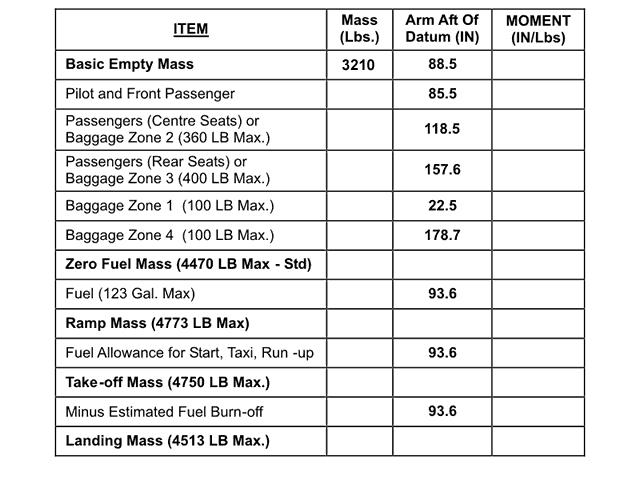 Generally reduces performance in performance class 1 and especially the take-off weight.
Generally reduces performance in performance class 1 and especially the take-off weight. An increase in density altitude ?
Question 99-3 : Generally reduces performance in performance class 1 and decreases especially the take off weight increases performance in performance class 1 and especially the take off weight does not influence performance in performance class 1 and especially the take off weight increases or does not influence take off weight dependingon the aircraft type
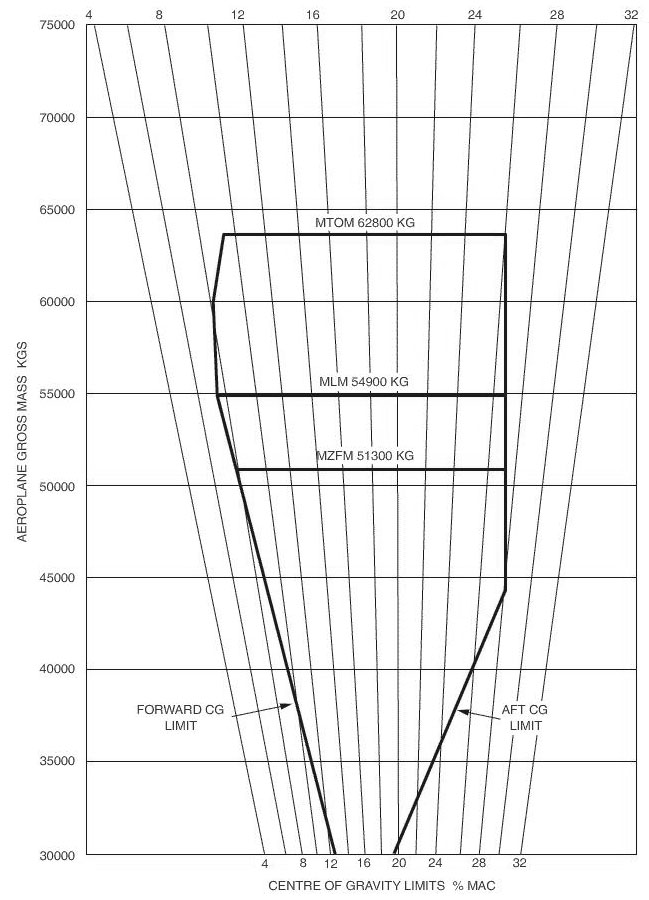 Generally reduces performance in performance class 1 and decreases especially the take-off weight.
Generally reduces performance in performance class 1 and decreases especially the take-off weight. An increase in pressure altitude ?
Question 99-4 : Generally reduces performance in class 1 and especially the take off weight increases performance in class 1 and especially the take off weight does not influence performance in class 1 and especially not on the take off weight increases or does not influence take off weight depending to aircraft type
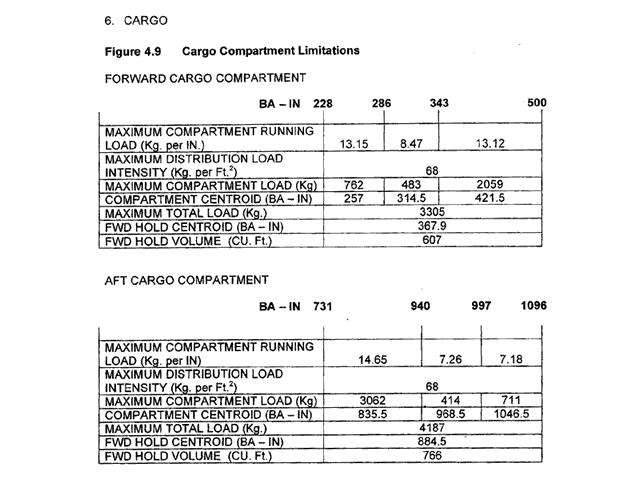 Generally reduces performance in class 1 and especially the take-off weight.
Generally reduces performance in class 1 and especially the take-off weight. Assuming an engine failure has occurred during take off a performance class 1 ?
Question 99-5 : There is no additional margin to apply 35 ft 7r 3 m
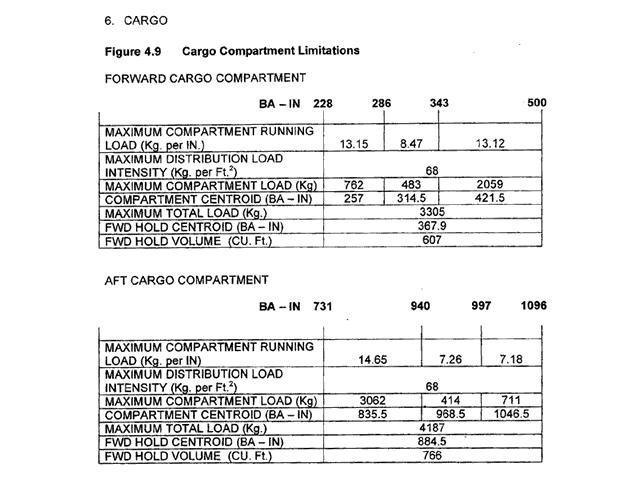 There is no additional margin to apply.
There is no additional margin to apply. Assuming one engine inoperative in a helicopter with performance class 1 during ?
Question 99-6 : 100 ft/min at 61 m 300 ft/min at 150 ft 60 m/sec at 200 ft 1000 ft/min at 150 ft
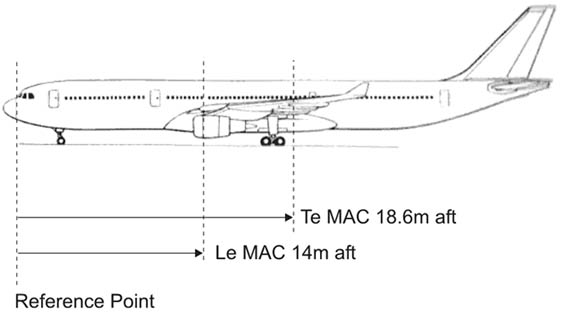 100 ft/min at 61 m.
100 ft/min at 61 m. Assuming that an engine fails at some point during take off a helicopter of ?
Question 99-7 : 10 7 m + 0 01 dr in ifr 10 7 ft in vfr 35 m in ifr 35 m in vfr
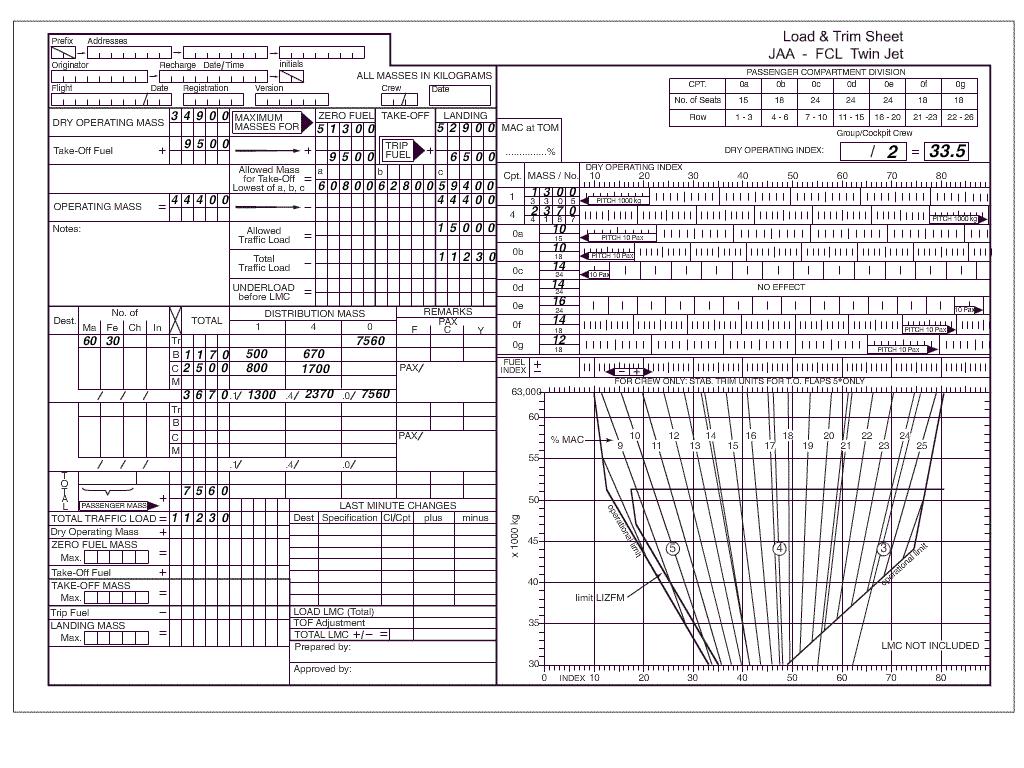 10.7 m + 0.01 dr in ifr.
10.7 m + 0.01 dr in ifr. The 'climb gradient' is defined as the ratio of ?
Question 99-8 : The increase of altitude to horizontal air distance expressed as a percentage the increase of altitude to distance over ground expressed as a percentage true airspeed to rate of climb rate of climb to true airspeed
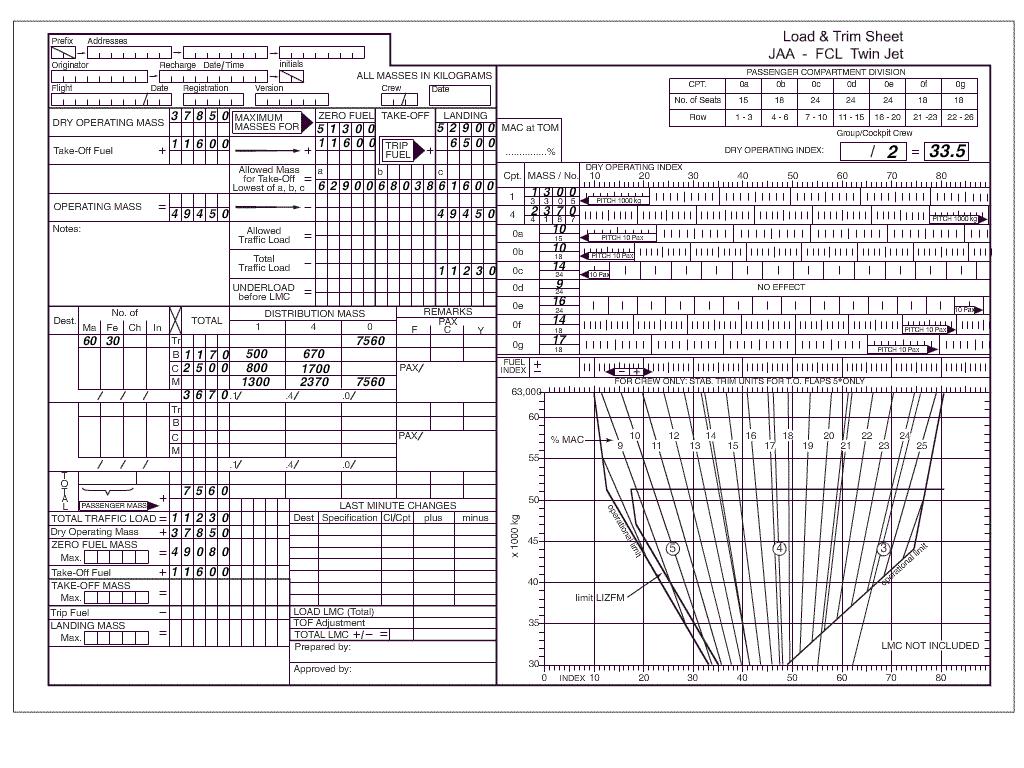 The increase of altitude to horizontal air distance expressed as a percentage.
The increase of altitude to horizontal air distance expressed as a percentage. Define the term 'performance class 3' ?
Question 99-9 : Performance class 3 operations are those operations such that in the event of a power unit failure at any time during the flight a forced landing may be required in a multi engine helicopter but will be required in a single engine helicopter performance class 3 operations are those with performance such that in the event of failure of the critical power unit the helicopter is able to land within the rejected take off distance available or safely continue the flight to an appropriate landing area depending on when the failure occurs performance class 3 helicopters means multi engine helicopters based on a critical engine failure concept which assures performance capability for continued safe flight in the event of an engine failure performance class 3 helicopters means single engine or multi engine helicopters which do not fully meet all class 2 standards class 3 helicopters have no guaranteed stay up ability in the event of engine failure and unscheduled landing is assumed
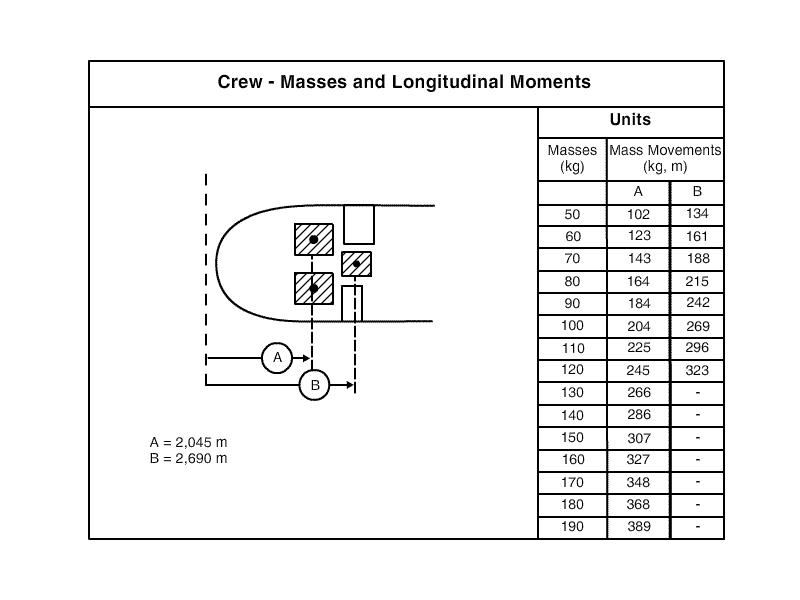 Performance class 3 operations are those operations such that, in the event of a power unit failure at any time during the flight, a forced landing may be required in a multi-engine helicopter but will be required in a single engine helicopter.
Performance class 3 operations are those operations such that, in the event of a power unit failure at any time during the flight, a forced landing may be required in a multi-engine helicopter but will be required in a single engine helicopter. Density altitude is ?
Question 99-10 : Pressure altitude corrected for 'non standard' temperature altitude referenced to the standard datum altitude read directly from the altimeter height above the surface
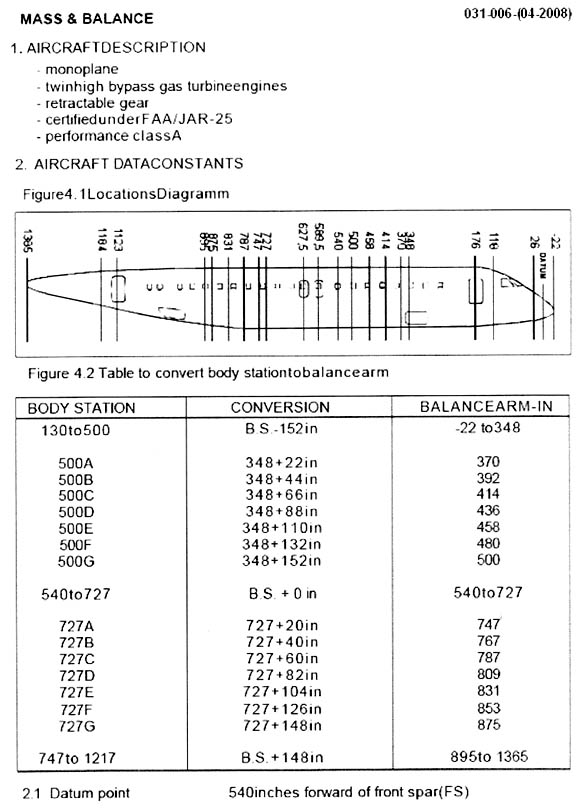 Pressure altitude corrected for 'non standard' temperature.
Pressure altitude corrected for 'non standard' temperature. Flying in a straight line at constant airspeed a head wind ?
Question 99-11 : Increases the climb gradient decreases the climb gradient increases the distance required to descent 100 m has no effect on the climb gradient
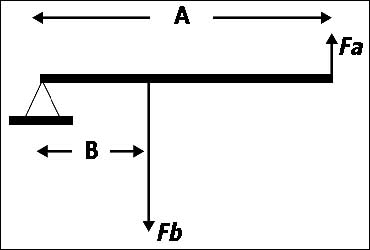 Increases the climb gradient.
Increases the climb gradient. For a helicopter the distance dr is ?
Question 99-12 : The horizontal distance travelled from the end of the available runway length the rotor's diameter the horizontal distance travelled from the beginning of the take off the horizontal distance travelled since entering hovering flight
For a performance class 2 helicopter with one engine inoperative on take off ?
Question 99-13 : 150 ft/min 100 ft/min 50 ft/min 300 ft/min
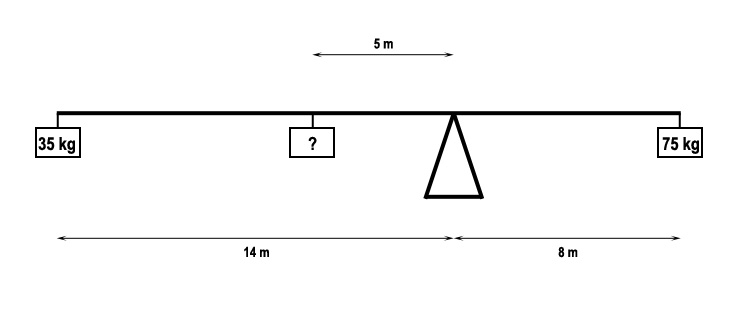 150 ft/min.
150 ft/min. For take off with a tail wind component in class 1 performance an operator must ?
Question 99-14 : 150% of the reported tail wind component 50% of the reported tail wind component 80% of the reported tail wind component 120% of the reported tail wind component
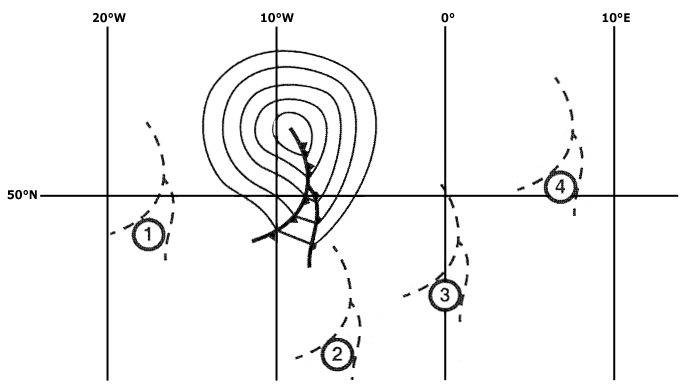 150% of the reported tail wind component.
150% of the reported tail wind component. For the calculation of mtow for a performance class 1 helicopter the following ?
Question 99-15 : 150% 50% 100% 75%
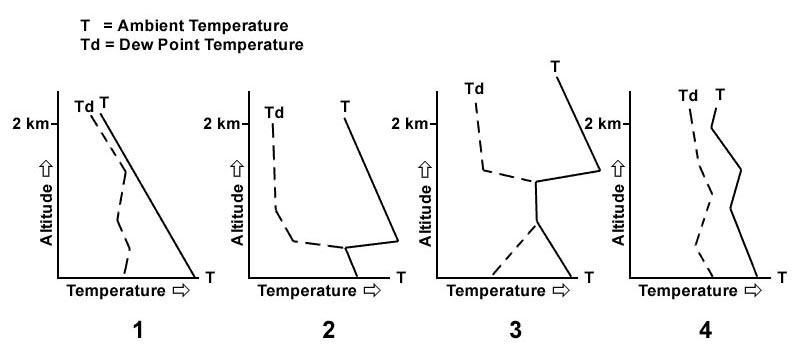 150%.
150%. Helicopters operated in performance class 2 are certified in ?
Question 99-16 : Category a category b any of category a b or c category c
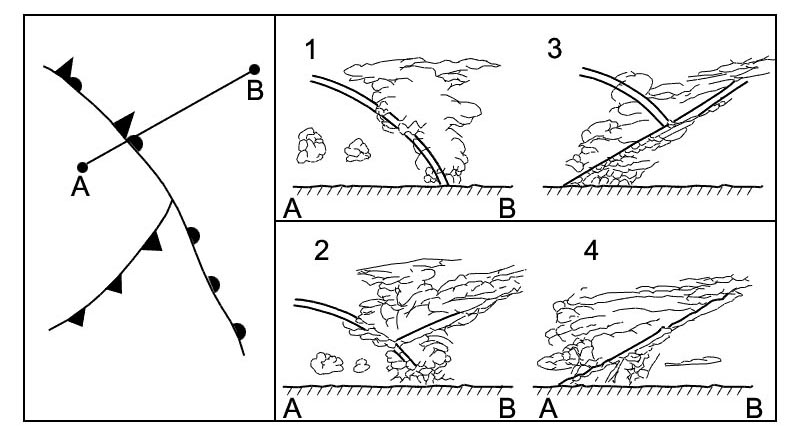 Category a.
Category a. How do the best angle of climb speed and best rate of climb speed vary with ?
Question 99-17 : Both decrease both increase best angle of climb increases while best rate of climb decreases best angle of climb decreases while best rate of climb increases
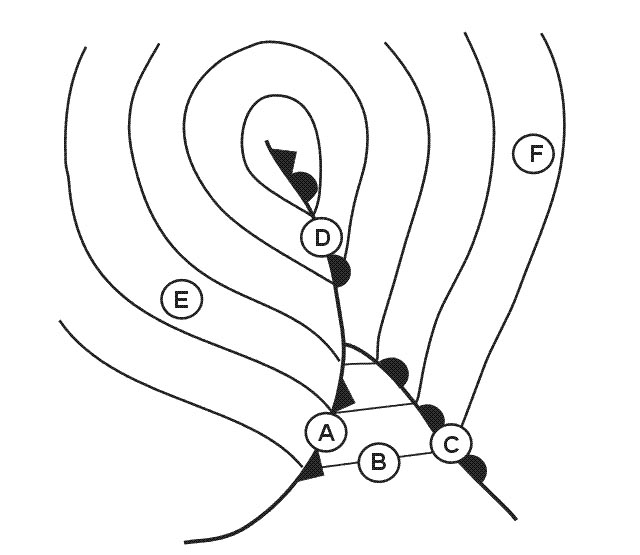 Both decrease.
Both decrease. If a helicopter is flying horizontally at its service ceiling ?
Question 99-18 : Its speed has to be maintained in a small range vmin is close to vmax the helicopter must be flown at vmax the helicopter must be flown at vmin vmin will coincide with vmax
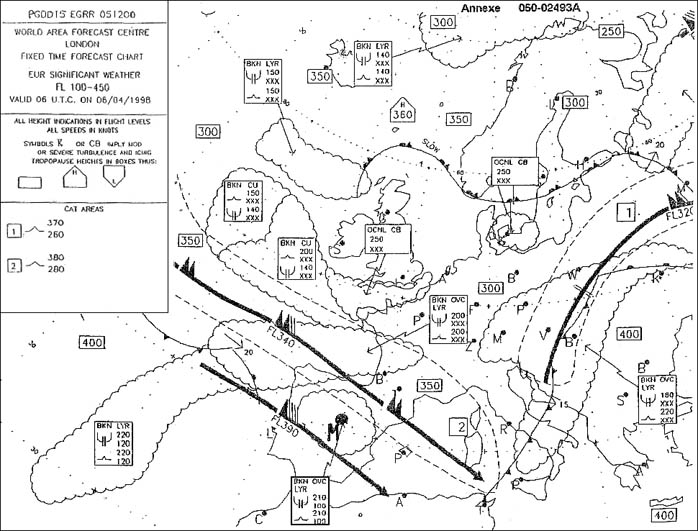 Its speed has to be maintained in a small range (vmin is close to vmax).
Its speed has to be maintained in a small range (vmin is close to vmax). If during descent in a performance class 1 helicopter which has one engine ?
Question 99-19 : A safe drift down procedure a safe forced landing a diversion a hold
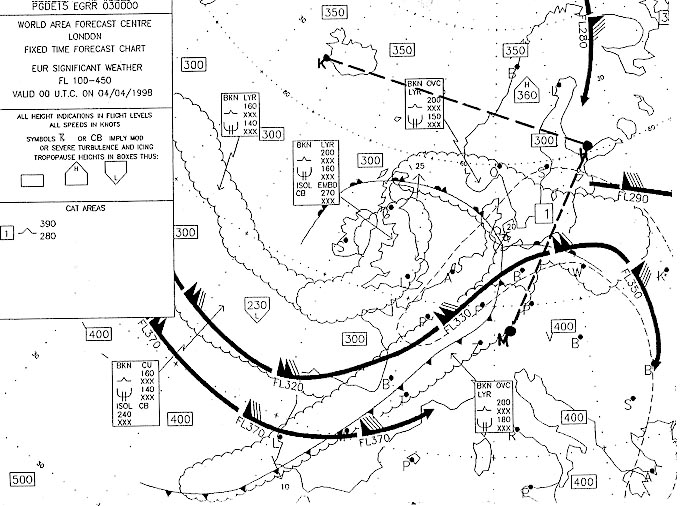 A safe drift-down procedure.
A safe drift-down procedure. In a descent with one engine inoperative a helicopter with performance class 1 ?
Question 99-20 : 300 m 1000 m 600 m 10 m
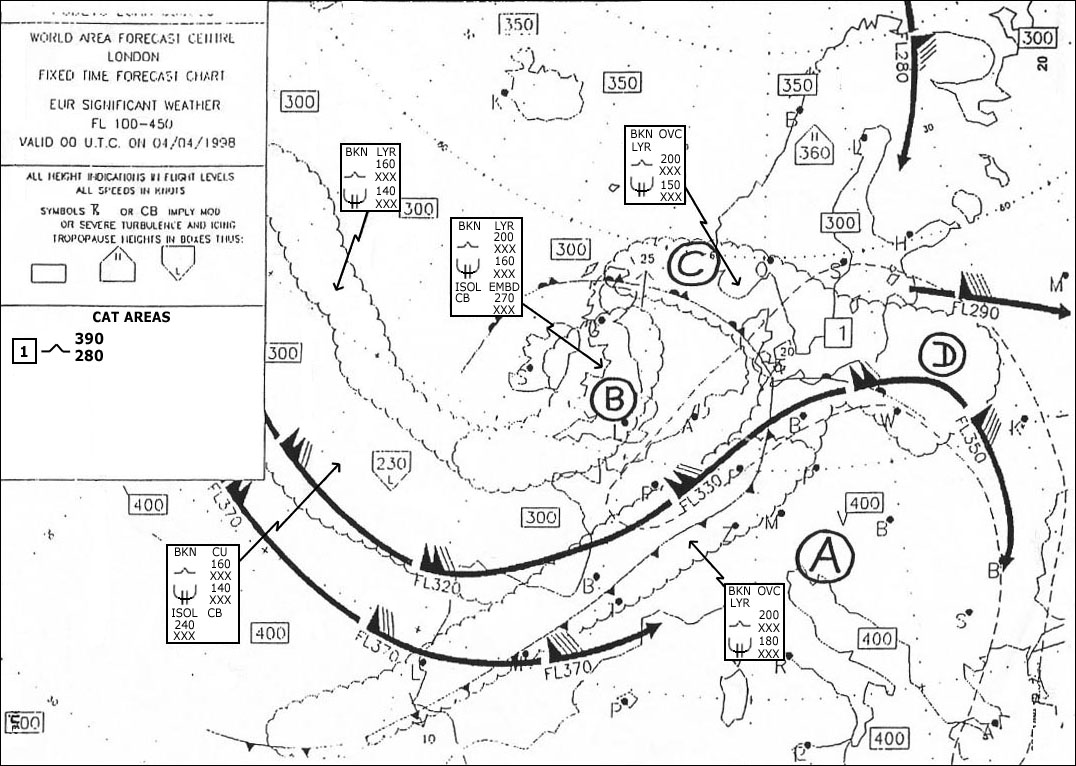 300 m.
300 m. In a given configuration mass and fuel on board the endurance of a helicopter ?
Question 99-21 : Depends on altitude and true air speed depends on altitude and wind conditions depends on groundspeed and altitude depends on altitude only
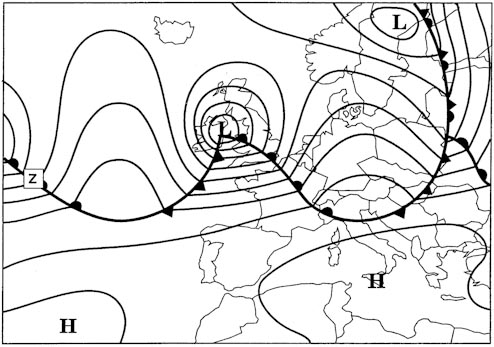 Depends on altitude and true air speed.
Depends on altitude and true air speed. In a power off autorotation in still air to obtain the maximum glide range the ?
Question 99-22 : At a speed close to the best range speed and with minimum rotor speed without exceeding the vne power off at a speed close to the vne at a speed close to the vne power on at a speed close to maximum endurance speed
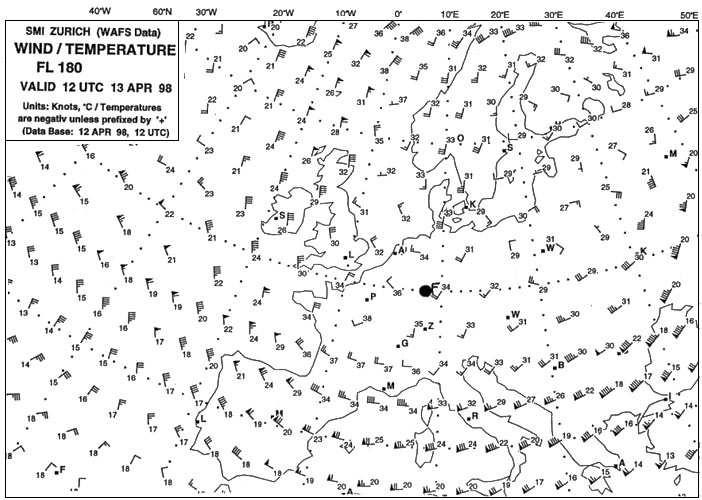 At a speed close to the best range speed and with minimum rotor speed without exceeding the vne power-off.
At a speed close to the best range speed and with minimum rotor speed without exceeding the vne power-off. In a power off autorotation in still air to obtain the minimum rate of descent ?
Question 99-23 : At a speed close to the vy and with minimum rotor speed at a speed close to zero at a speed close to the vne at a speed close to maximum range speed
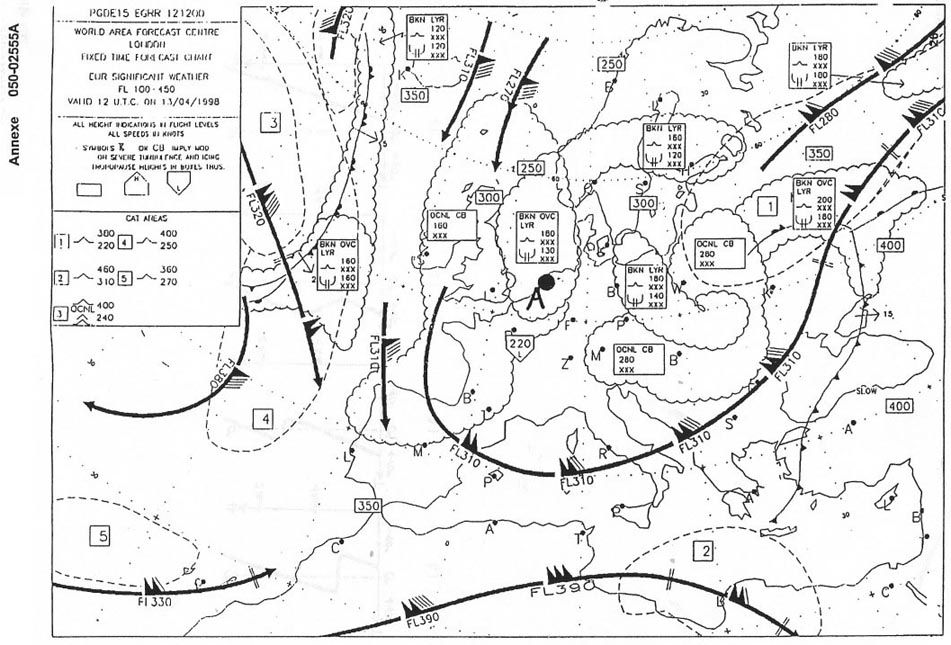 At a speed close to the vy and with minimum rotor speed.
At a speed close to the vy and with minimum rotor speed. In flight level in class 2 performance with one engine failed and the others ?
Question 99-24 : At least 50 ft/mn at least 100 ft/mn at least 150 ft/mn at a no definit value by the autority
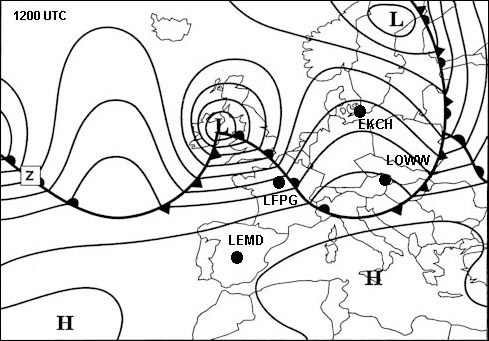 At least 50 ft/mn
At least 50 ft/mn In performance class 1 when there is a head wind component an operator when ?
Question 99-25 : More than 50% of the headwind component if a precise wind measuring equipment enables accurate measurement less than 50% of the headwind component if a precise wind measuring equipment enables accurate measurement not more than 50% of the reported headwind not more than 150% of the reported headwind component
 More than 50% of the headwind component if a precise wind measuring equipment enables accurate measurement.
More than 50% of the headwind component if a precise wind measuring equipment enables accurate measurement. In performance class 1 having cleared the elevated heliport or heliplatform's ?
Question 99-26 : At least 35 ft vertically 35 ft at least 35 ft at least 15 ft vertically
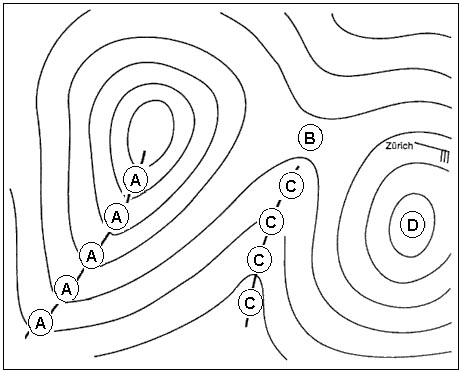 At least 35 ft vertically.
At least 35 ft vertically. In performance class 1 with one engine failed and the others operating normally ?
Question 99-27 : The destination or alternate/diversion heliport the destination heliport the alternate heliport the take off heliport
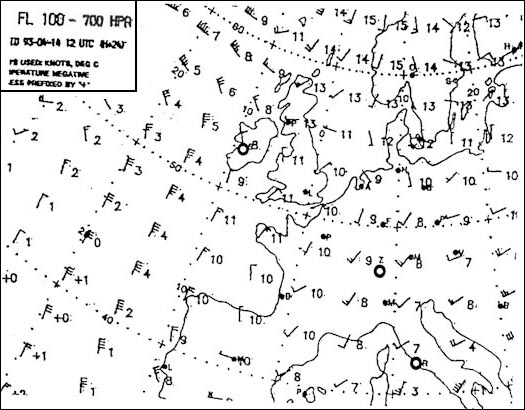 The destination or alternate/diversion heliport.
The destination or alternate/diversion heliport. In performance class 1 with one engine failed and the others operating normally ?
Question 99-28 : The destination or alternate/diversion heliport the alternate heliport the destination heliport the take off heliport
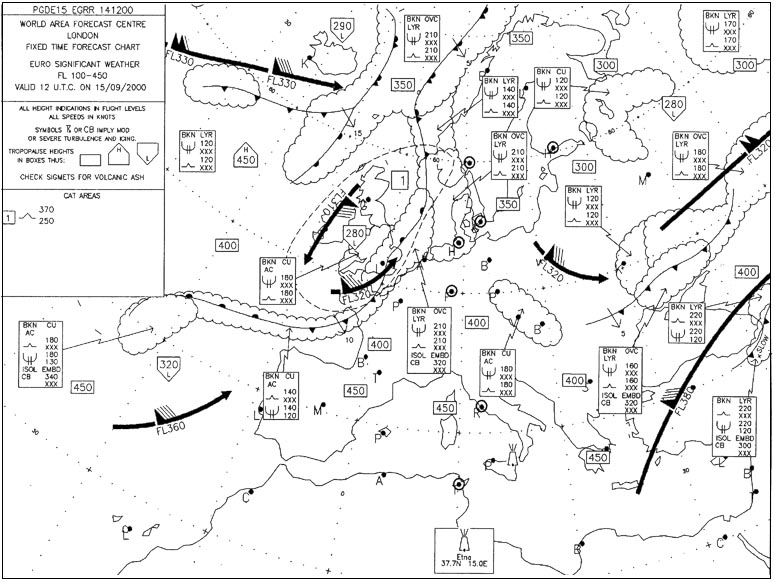 The destination or alternate/diversion heliport.
The destination or alternate/diversion heliport. In performance class 2 when there is a head wind component an operator when ?
Question 99-29 : More than 50% of the headwind component if a precise wind measuring equipment enables accurate measurement less than 50% of the headwind component if a precise wind measuring equipment enables accurate measurement not more than 50% of the reported headwind not more than 150% of the reported headwind component
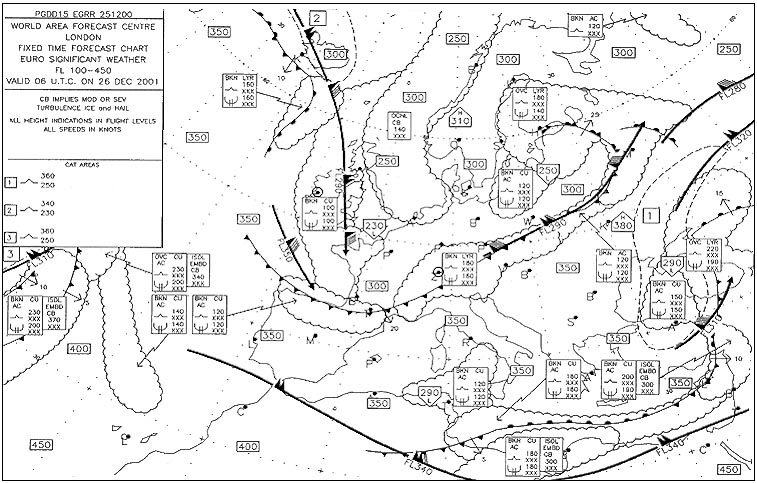 More than 50% of the headwind component if a precise wind measuring equipment enables accurate measurement.
More than 50% of the headwind component if a precise wind measuring equipment enables accurate measurement. In performance class 1 when the wind measuring equipment has not received ?
Question 99-30 : Most 50% of the reported headwind component least 50% of the reported headwind component most 80% of the reported headwind component most 40% of the reported headwind component
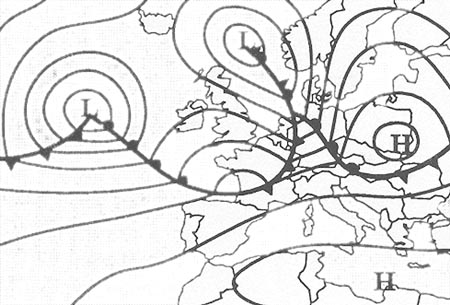 Most, 50% of the reported headwind component.
Most, 50% of the reported headwind component. In performance class 2 when the wind measuring equipment has not received ?
Question 99-31 : Most 50% of the reported headwind component least 50% of the reported headwind component most 80% of the reported headwind component most 40% of the reported headwind component
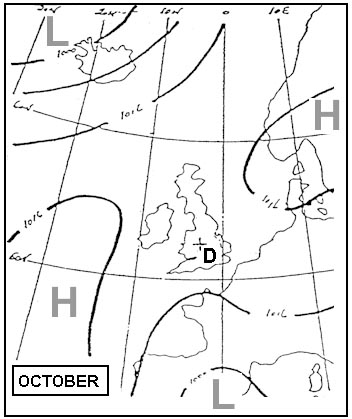 Most, 50% of the reported headwind component.
Most, 50% of the reported headwind component. In straight and level flight at constant indicated airspeed a reduction in ?
Question 99-32 : Reduces the power required increases the power required increases or reduces the power required depending on the airspeed does not affect the power required
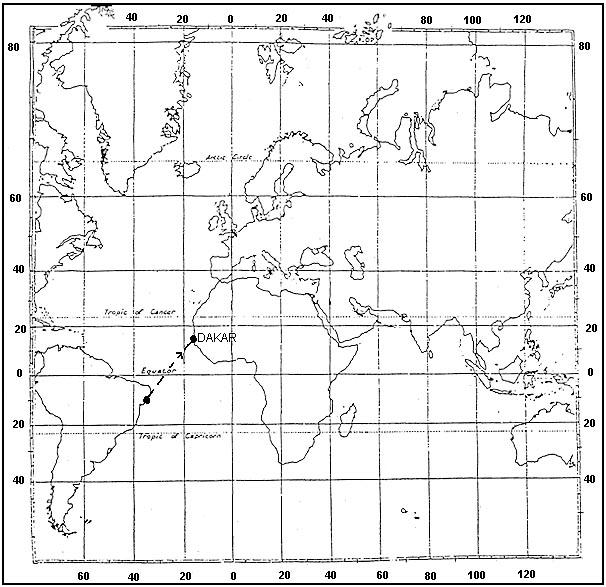 Reduces the power required.
Reduces the power required. In the context of performance planning dr means ?
Question 99-33 : The horizontal distance travelled from the end of the take off distance available the horizontal distance remaining to the end of the todah the horizontal distance to the first significant obstacle the range to the first waypoint
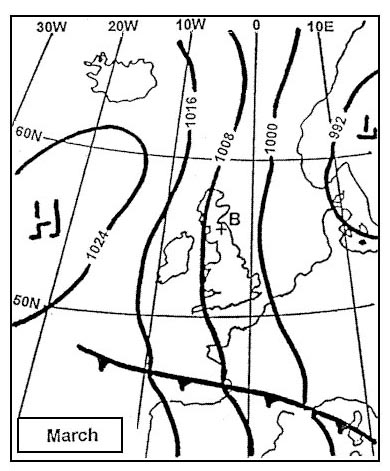 The horizontal distance travelled from the end of the take-off distance available.
The horizontal distance travelled from the end of the take-off distance available. In the cruise a helicopter with performance class 3 must be able to fly at ?
Question 99-34 : The minimum flight altitude the normal range speed vne minimum power speed
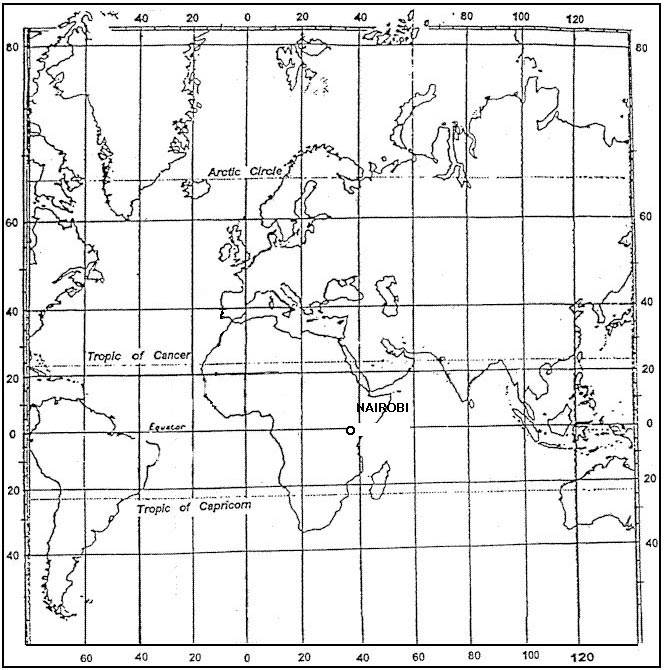 The minimum flight altitude.
The minimum flight altitude. In which document is an official 'power required chart' to be found ?
Question 99-35 : In the 'helicopter flight manual' in the 'maintenance manual' in the 'operators manual' in the 'type certificate'
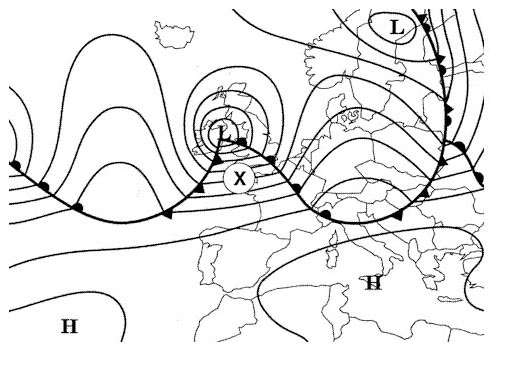 In the 'helicopter flight manual'.
In the 'helicopter flight manual'. Landing distance required means ?
Question 99-36 : The distance from a specified point on the approach until the helicopter comes to rest the distance required for a running landing the distanced required to accelerate to vtoss the distance required to accelerate from rest to a specified point on the take off path
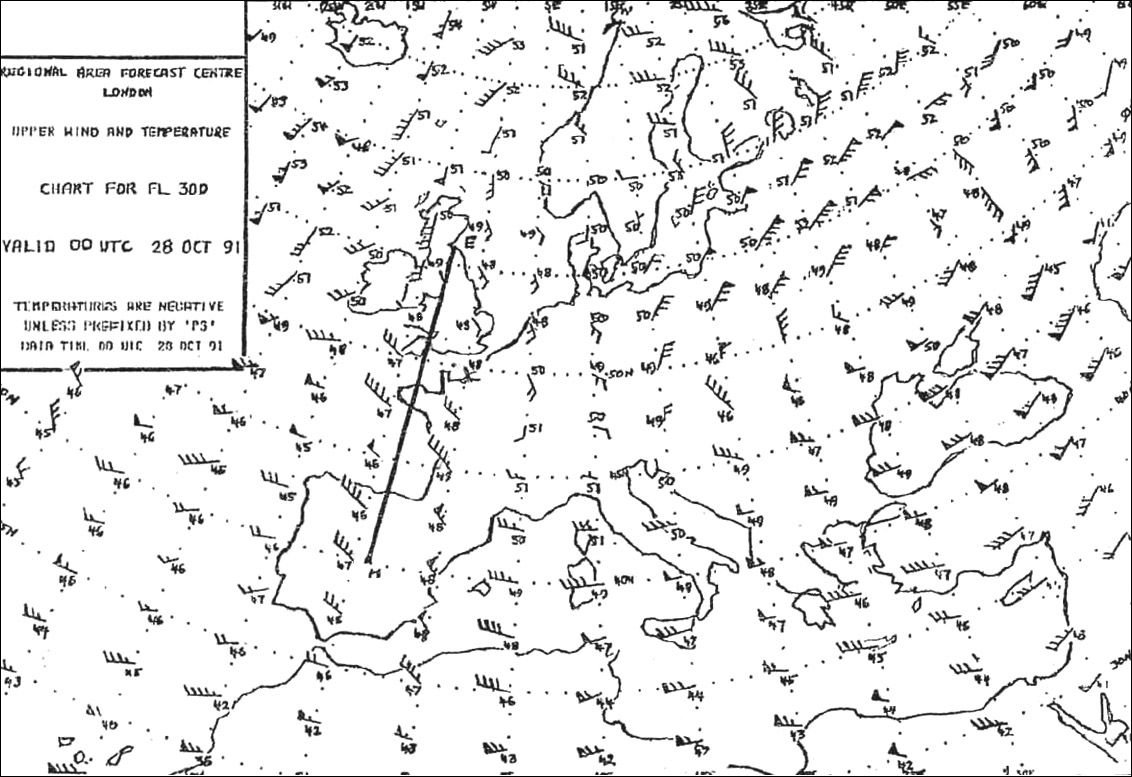 The distance from a specified point on the approach until the helicopter comes to rest.
The distance from a specified point on the approach until the helicopter comes to rest. Large rotorcraft are those of maximum weight of ?
Question 99-37 : 9072 kg 20000 lbs or more 9072 lbs 20000 kg or more 9072 lbs or more 9071 kg or more
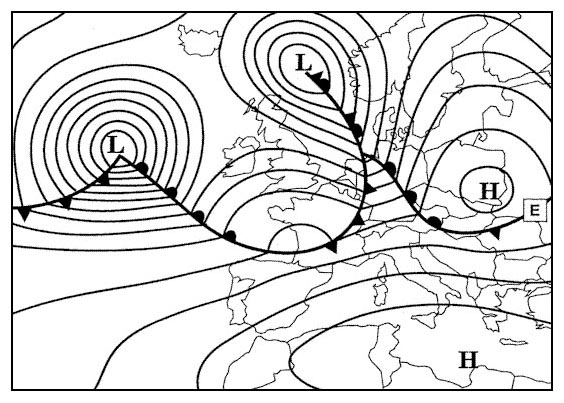 9072 kg (20000 lbs or more).
9072 kg (20000 lbs or more). Ldrh is the horizontal distance required to land ?
Question 99-38 : And stop completely from a point 50 ft above the landing surface and stop completely from a point 15 ft above the landing surface and stop completely from a point 35 ft above the landing surface land from a point 50 ft above the landing surface
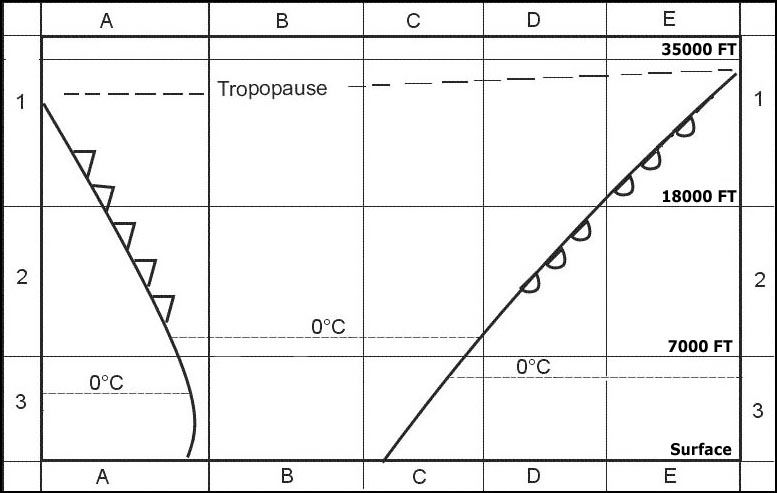 And stop completely from a point 50 ft above the landing surface.
And stop completely from a point 50 ft above the landing surface. Maximum endurance ?
Question 99-39 : Will be achieved by flying with minimum fuel flow kg/h is the same as maximum specific range with wind correction will be achieved flying with minimum fuel consumption kg/nm is the same as maximum specific range
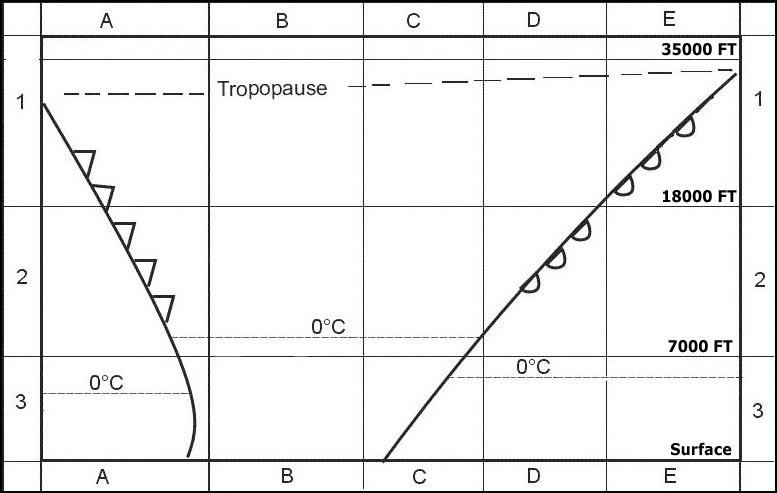 Will be achieved by flying with minimum fuel flow (kg/h).
Will be achieved by flying with minimum fuel flow (kg/h). Maximum range for a helicopter ?
Question 99-40 : Will be obtained at the optimum altitude will be obtained at sea level will be obtained at the absolute ceiling is independent of altitude
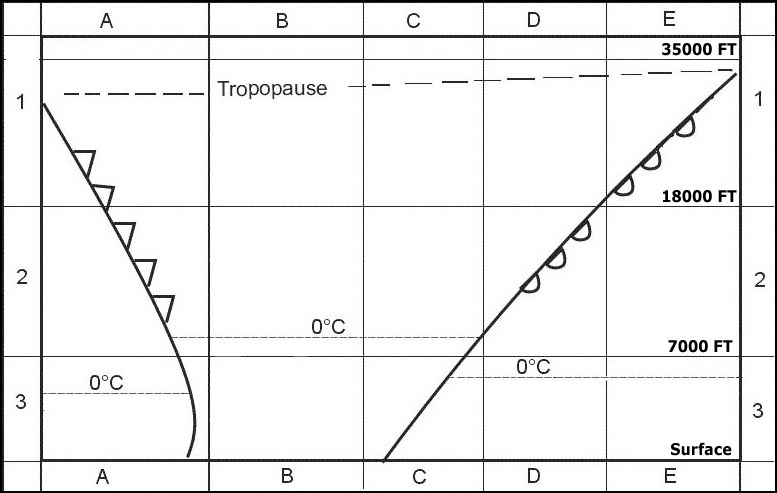 Will be obtained at the optimum altitude.
Will be obtained at the optimum altitude. ~
Exclusive rights reserved. Reproduction prohibited under penalty of prosecution.
3919 Free Training Exam
